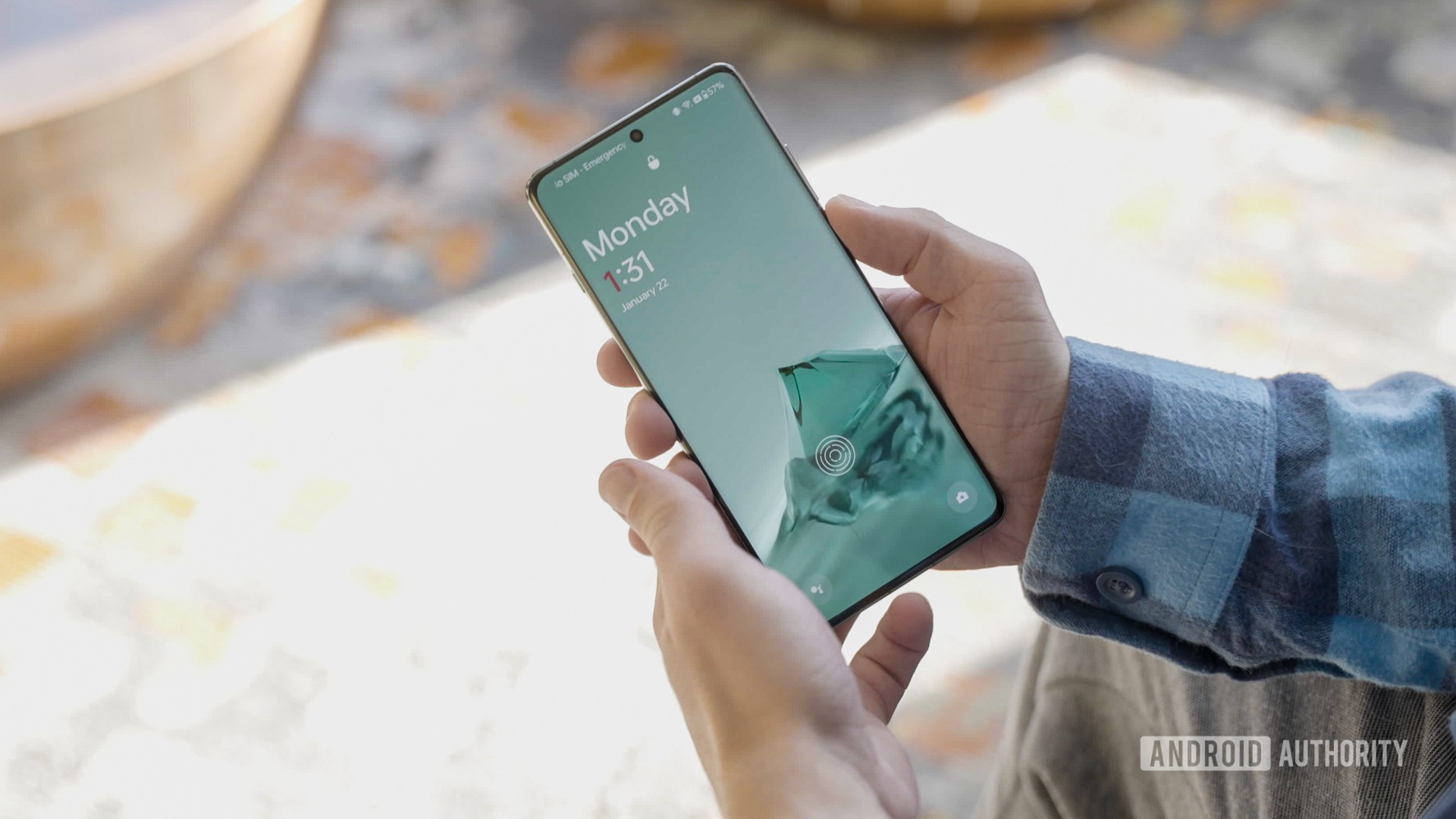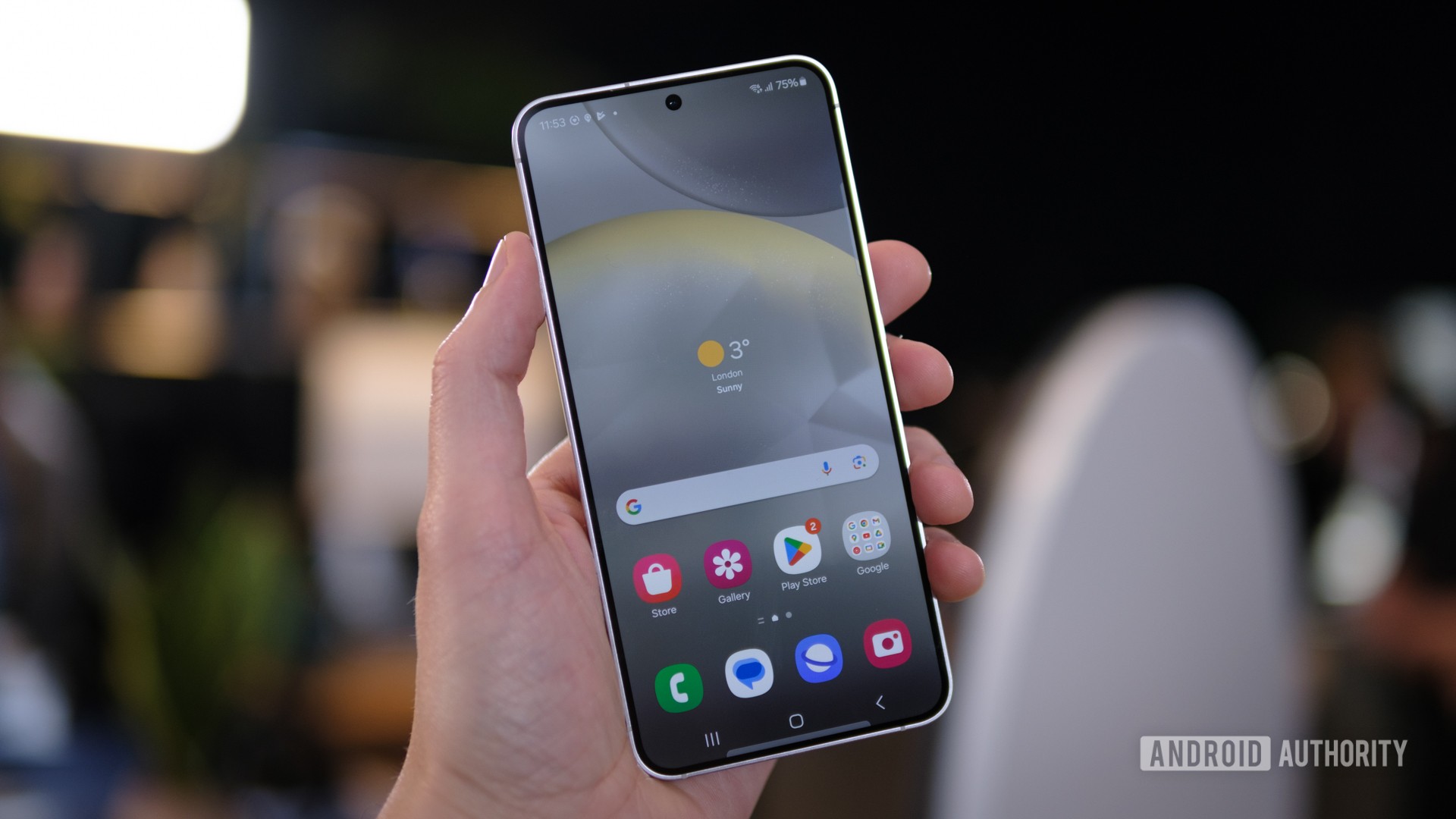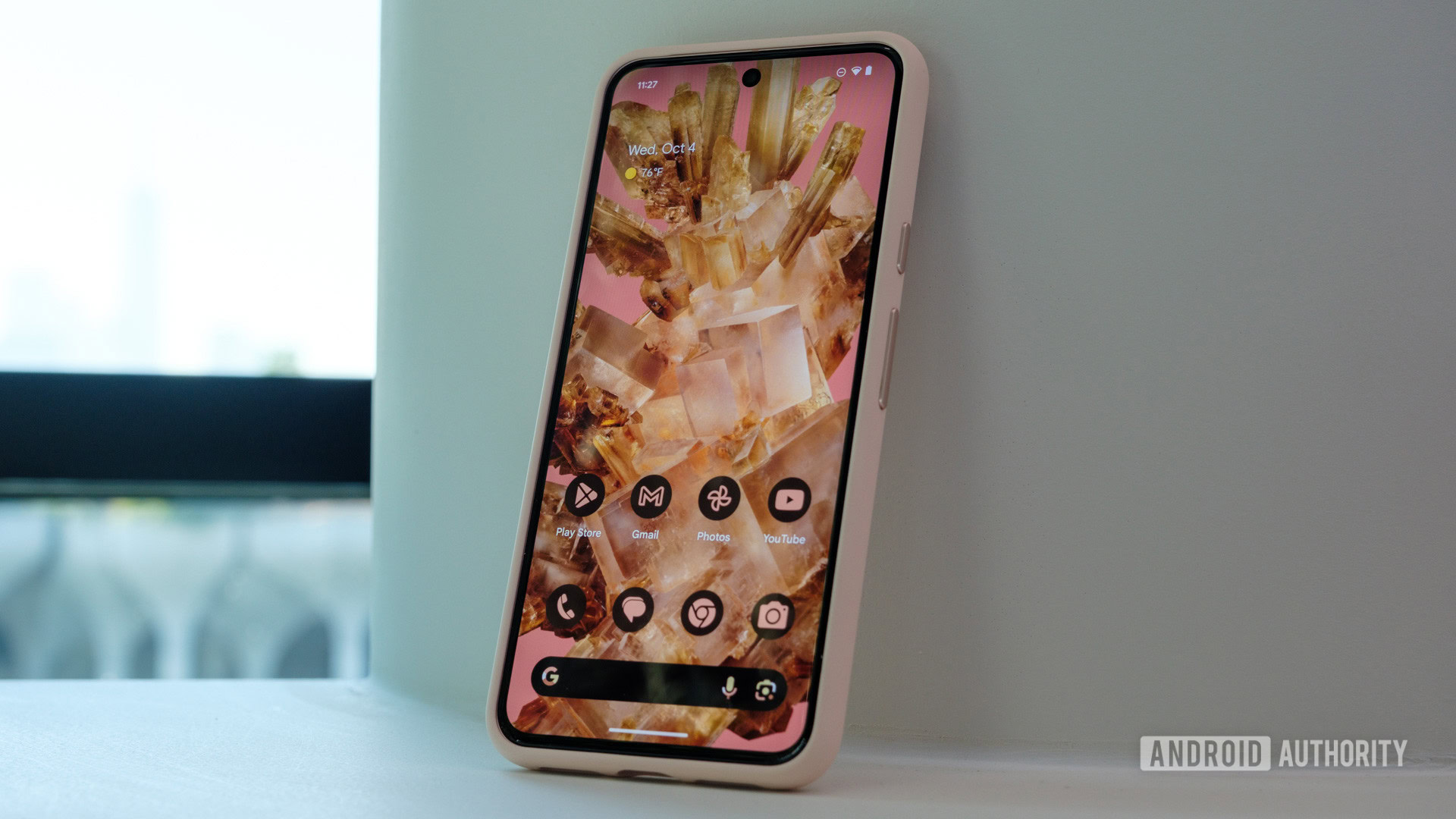
Ryan Haines / Android Authority
Display brightness has become one of the biggest battlegrounds in the modern Android smartphone space, and it’s only ramped up in the last few months.
Companies are talking up ever higher peak brightness numbers to wow us, but there’s just one problem though. This figure is effectively meaningless, and here’s why.
A tit-for-tat battle
Peak brightness refers to brightness in a very small area of the screen, primarily when playing content such as HDR videos. It does not apply to everyday usage otherwise. There aren’t even any Android games that take advantage of HDR (and therefore peak brightness), either. This hasn’t stopped smartphone makers from bragging about this figure.
The trend of companies trumpeting peak brightness figures has been around for several years now, but you could argue that the most recent wave started with the Galaxy S23 Ultra roughly a year ago. Samsung touted 1,750 nits of peak brightness, and the rest of the industry has quickly moved to hype up bigger numbers.
Loads of brands have taken to bragging about peak brightness, but you’ll seldom see it.
Google’s Pixel 8 Pro packs 2,400 nits of peak brightness, the Xiaomi 13T Pro brings 2,600 nits, and OPPO’s Find X6 Pro topped out at 2,500 nits. But this game of oneupmanship hasn’t ended here.
In the last couple of months, we’ve seen the Xiaomi 14 Pro (3,000 nits), OnePlus 12 (4,500 nits), Realme GT 5 Pro (4,500 nits), OPPO Find X7 Ultra (4,500 nits), and Redmi K70 series (4,000 nits) all upping the peak brightness ante. It’s effectively become a pissing contest, joining megapixels and charging wattage as a figure that OEMs can point to and say “See, ours is higher and a higher number equals better.”
The brightness figures you should be looking at

Robert Triggs / Android Authority
The most relevant brightness numbers are for manual brightness as well as auto-brightness (also known as adaptive brightness nowadays). Manual and auto-brightness figures are much lower than peak brightness numbers but refer to the brightness level of the entire screen.
Auto-brightness dynamically adjusts your display brightness based on your environment, and it tends to deliver a higher maximum brightness than manual mode. Many brands also offer a so-called high-brightness mode (HBM) as part of the auto-brightness feature, which boosts outdoor viewing brightness. HBM can only be sustained for a few minutes before dropping, though, primarily due to power consumption, screen burn-in, and heating concerns.
Auto-brightness and manual brightness figures are far more useful than peak numbers.
Generally speaking, you want 200 to 300 nits of brightness for your screen while indoors. Using your phone in direct sunlight? Then you typically want 600 nits or more to clearly see what’s on your display. So how do recent phones fare in this regard?
OnePlus says the OnePlus 12 has 4,500 nits of peak display brightness, 1,600 nits of auto-brightness, and a reported 600 nits for manual brightness. Meanwhile, the Galaxy S24 Ultra “only” has 2,600 nits of peak brightness, but also packs a high-brightness mode capable of reaching 1,500 nits (Samsung didn’t reveal manual brightness figures). So you’re actually looking at similar brightness levels in everyday usage, but all these phones still have you well covered for outdoor viewing. This comparison goes a long way to showing why peak brightness doesn’t really matter.
Don’t fall for yet another marketing tactic

It’s clear that smartphone brands have latched on to peak brightness in an effort to stand out from the crowd. But this figure is irrelevant to many consumers out there who just want to see their phone screen when outdoors. Even if you regularly watch HDR content, brightness perception isn’t linear; a 4,000-nit peak brightness is not twice as bright as a 2,000-nit one. In other words, the bigger the numbers, the more diminishing the returns, and anything around 2,000 nits or above it very good for HDR.
Do you care about peak display brightness?
222 votes
One smartphone executive asserted that ever-increasing peak brightness figures were a demonstration of evolving screen technology and were an indicator of more efficient, brighter displays. But why trumpet peak brightness when you can brag about auto-brightness, manual brightness, and screen efficiency instead?
